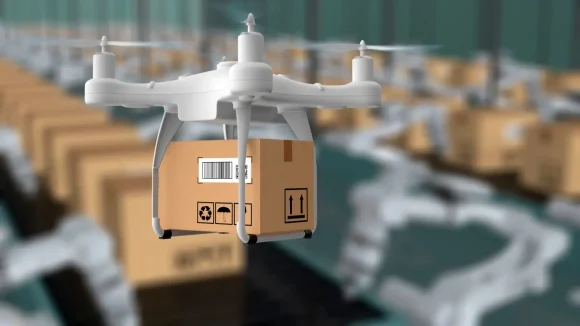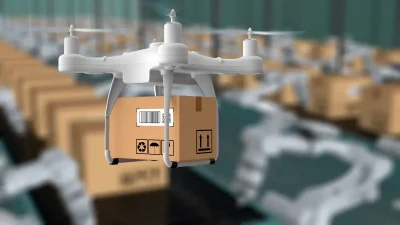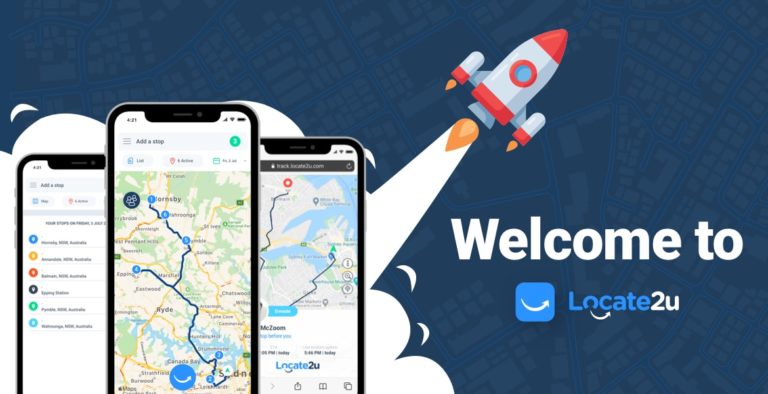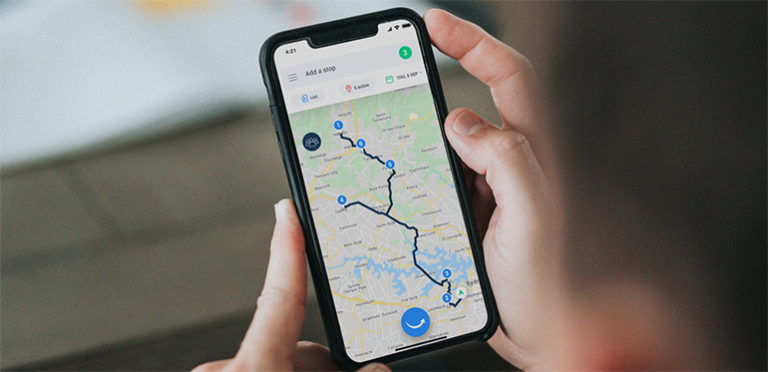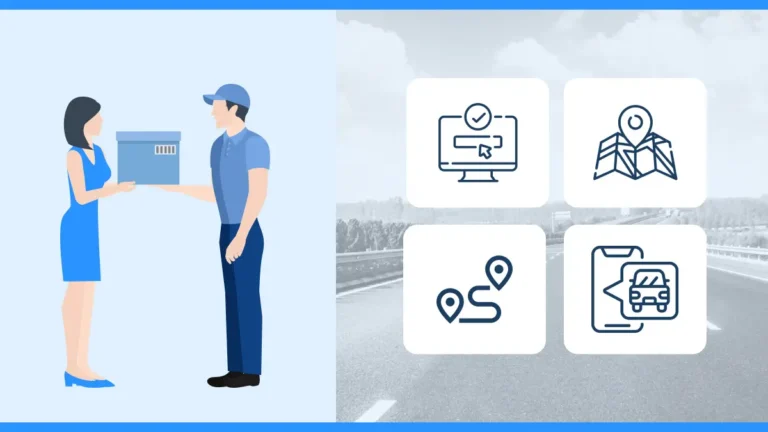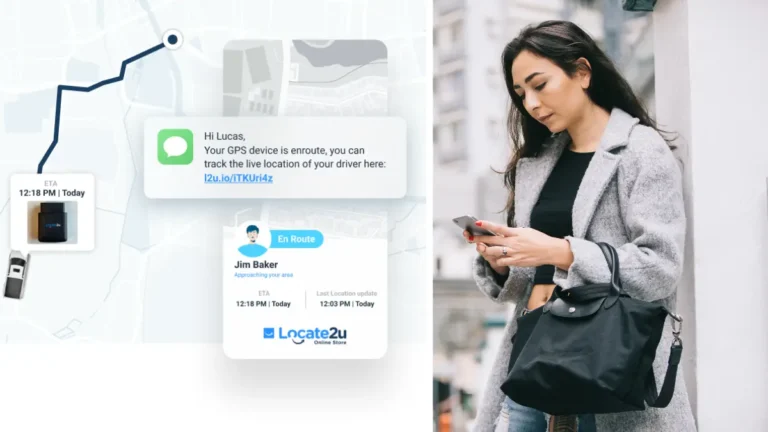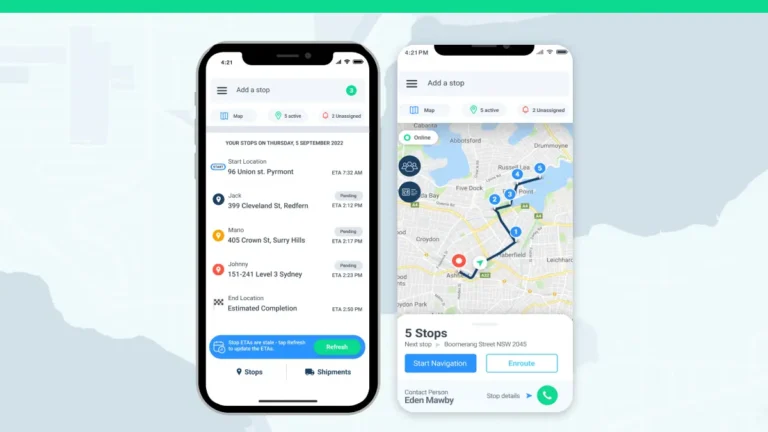The introduction of drone delivery operations has introduced a transformative shift in the delivery services industry, particularly in the crucial last-mile delivery process. With their ability to overcome geographical barriers, reduce costs, and expedite deliveries, delivery drones have emerged as a game-changer, offering significant advantages over traditional delivery methods. This integration of drone technology into traditional delivery vehicles and methods has the potential to revolutionize the way packages are delivered and create a more efficient and responsive delivery ecosystem. In this article, we will explore the most significant advantages of drone delivery service, the impact on traditional delivery methods, and the potential for collaboration between drones and traditional delivery providers.
Evolution of Traditional Delivery Services
Traditional delivery services have evolved throughout time, becoming an increasingly important part of the economy by assuring effective product transit. However, they have consistently had to deal with issues like backed-up deliveries, backed-up traffic, and expensive operating costs. Due to these drawbacks, creative solutions are now more important than ever to increase their efficacy.
Traditional services have experienced delivery delays and decreased efficiency as a result of traffic congestion, particularly in heavily populated urban regions. Timely deliveries have been hampered and operational costs have grown due to the increasing number of trucks on the road. Inefficient logistics and unfavorable weather conditions are some elements that can cause delays and lower customer satisfaction.
For traditional delivery systems, operational costs have been a heavy burden. Their budgets have been squeezed by the costs of operating a fleet of vehicles, paying drivers, and controlling logistics. The financial difficulties have grown more severe due to rising fuel prices, car upkeep, and insurance expenditures. Consequently, it has become a priority for these businesses to identify cost-effective solutions while preserving service quality.
Traditional delivery firms have adopted technological innovations like GPS monitoring systems, route optimization software, and alternative delivery techniques like electric vehicles and bicycle messengers to overcome these problems. However, the introduction of drone delivery has provided a revolutionary remedy. Traditional delivery businesses can avoid traffic congestion, increase efficiency, and cut costs by incorporating drones into their operations. Drones can increase service coverage while enabling quick and dependable delivery. By embracing this technology, traditional delivery firms may better serve clients and adjust to the changing needs of modern logistics.

Introduction of Drone Delivery
Unmanned aerial delivery, commonly known as drone delivery, has completely changed how items are conveyed. Unmanned aerial vehicles (drones) that can transport payloads have several advantages over conventional delivery techniques. The development of drone navigation and payload capability, in particular, has prepared the door for a new age in logistics.
Traditional delivery systems suffer difficulties, which drone delivery offers a convincing solution to. The delivery times are significantly shorter, which is one of the main advantages. Drones can travel through the air rapidly, avoiding traffic jams and other impediments that might slow down conventional delivery vehicles. This enables quicker deliveries, especially for urgent medical supplies or time-sensitive commodities, providing remarkable efficiency.
In addition, drone distribution is more affordable than conventional ways. Operational costs can be greatly decreased by doing without a human driver and a delivery truck. Drones use less energy than traditional vehicles, which means they use less gasoline. Additionally, using drones for some delivery jobs might reduce the upkeep and insurance costs related to a fleet of delivery cars.
The capability of drone delivery to reach isolated and challenging-to-reach locations is another significant benefit. Delivering goods to remote areas, such as rural areas or places with poor infrastructure, is a difficulty for traditional delivery firms. By quickly flying over varied terrains and delivering products to the intended locations, drones can get over these geographical obstacles. This creates new opportunities for people and businesses in far-off places to get the items they need when they need them.
Disruption to Traditional Delivery Services
The introduction of drone delivery has significantly affected the traditional delivery services market. The market introduction of drone-based companies has increased competition and threatened the predominance of the current suppliers. These disruptive forces have compelled traditional delivery companies to rethink their approach and adapt to the changing landscape of consumer expectations.
The growing demand from customers for quicker and more convenient delivery choices is one of the main causes of this disruption. Clients in today’s quick-paced environment demand prompt and effective service. The capacity to deliver packages faster than traditional means is provided by drones. Drones can make accelerated deliveries since they can avoid traffic and travel directly to their location, satisfying the demand of many customers for quick gratification.
Drones are also strategically positioned to provide greater ease. Traditional delivery services frequently demand that clients be present at a particular location to receive their items, which leads to missed deliveries and other problems. Contrarily, drones may deliver packages to exact GPS locations, negating the requirement that recipients be present in person. Due to this flexibility, consumers can receive delivery whenever it is most convenient for them, accommodating hectic schedules and lowering the possibility of deliveries being missed.

Integration and Adaptation
A major benefit of incorporating drones into conventional delivery systems is the marked increase in operational effectiveness. Drones can be used for a variety of delivery activities, including last-mile deliveries and getting to inaccessible places. Human delivery professionals can concentrate on more difficult or customer-focused portions of the delivery process by delegating these activities to drones. Operations are streamlined as a result of this division of labor, which shortens delivery times overall and boosts productivity.
Additionally, the incorporation of drones enables established companies to broaden their service territories. Drones are especially useful for traveling to distant or isolated regions that could be difficult for conventional delivery vehicles to access. By adding drones to their fleet, service companies can expand into previously untapped regions and provide delivery services to clients who were previously out of their serviceable territory. This growth creates new business opportunities and enables suppliers to access unexplored markets.
The improvement of delivery routes is a crucial benefit of integrating drones. Based on variables like distance, traffic, and delivery priority, drones can assist in determining the most effective routes. Traditional suppliers may optimize their delivery routes in real-time, lowering fuel usage, cutting delivery times, and improving overall service quality by utilizing drone technology and sophisticated route planning algorithms.
Traditional delivery firms can now take advantage of the distinct advantages of both human and drone labor by integrating drones. Human employees provide their knowledge, aptitude for dealing with customers, and flexibility to deal with unforeseen circumstances. On the other hand, drones provide agility, accuracy, and the capacity to traverse challenging terrain. Traditional service providers may give great service that combines the human touch of connection with the effectiveness and dependability of drone technology by combining these qualities.
Problems and Concerns
The development of frameworks for legal and regulatory regulation of drone use is one of the main problems. Governments and regulatory organizations must provide thorough standards and regulations as drone technology develops to ensure safe and responsible drone operations. These frameworks must cover things like flight restrictions, altitude constraints, operator license rules, and airspace management procedures. To reduce the hazards involved with drone delivery and giving the sector a framework to work within clear and enforced laws are essential.
Concerns about safety and security are also important factors in drone delivery. It is crucial to ensure that drones are safely integrated into the airspace. To prevent mishaps and safeguard both drones and other aircraft, strict safety procedures and technologies must be put in place, such as collision avoidance systems and geofencing. Strong security measures must also be put in place to guard against dangers like hacking and tampering with delivery as well as to prevent unauthorized access to drones. To increase trust in the dependability and integrity of drone delivery services, it is imperative to address these safety and security concerns.
Another issue with drone deliveries is privacy concerns. Concerns concerning the gathering and use of personal data are brought up by drones that include cameras and sensors. To guarantee that individual privacy rights are upheld during drone operations, it is crucial to create explicit criteria for data privacy and protection. Addressing privacy issues and upholding public trust will depend on openness in data collection and utilization as well as processes for gaining consent.
For the integration of drone delivery services to be successful, there must be public acceptance and trust. Although drones have many advantages, there may be skepticism and worries about their use among the general public. To educate and enlighten the public about the advantages, safety precautions, and rules around drone delivery, effective communication, and public awareness campaigns are required. Building consumer trust and adoption will depend on proving the dependability, effectiveness, and adherence to privacy and safety procedures.

Future Prospects and Possibilities
Prospects for delivery services show a mutually beneficial partnership between conventional providers and drone delivery businesses. Through this relationship, the industry as a whole will see tremendous potential for innovation, expansion, and change. Traditional service providers can improve their capabilities and reach by utilizing drone technology, which also creates new career opportunities that call for a combination of traditional delivery knowledge and drone operation and management skills.
Collaboration between conventional delivery companies and drone delivery services enables the best use of resources and skills. Drones can be integrated into traditional providers’ operations to increase productivity and service quality because they already have a strong foundation in logistics and customer support. Drones can support the current delivery network by managing time-sensitive deliveries, traveling to remote locations, and completing last-mile deliveries. Through this partnership, established service providers may utilize their current client base and infrastructure while utilizing the advantages of drone technology.
Additionally, the incorporation of drones into conventional delivery systems creates opportunities for growth and innovation. New services and delivery strategies will appear as the industry develops. For instance, specific delivery choices like expedited drone delivery for time-sensitive products or eco-friendly drone delivery that uses renewable energy sources can be made available. These cutting-edge solutions offer a competitive edge in the industry and adapt to the changing customer wants.

The Impact of Drone Delivery: Conclusion
The integration of drone technology into the delivery services industry has paved the way for a new era of efficiency and innovation. Drone delivery operations have demonstrated their potential to revolutionize last-mile delivery, offering significant advantages over traditional delivery methods.
Delivery drones have emerged as powerful tools, capable of navigating congested roads and bypassing geographical barriers to reach even the most remote locations. This flexibility in service areas is one of the most significant advantages of drone delivery, as it opens up opportunities for businesses to expand their reach and serve customers who were previously inaccessible.
Compared to traditional delivery vehicles, drone delivery service offers reduced operational costs, as drones consume less energy and require less maintenance. This cost-effectiveness extends to labor costs, as the use of drones reduces the need for human delivery drivers for certain tasks. By integrating drones into their operations, traditional providers can optimize their resources, streamline their processes, and achieve greater cost efficiency in package delivery.
About the author
Marketing Coordinator at Locate2u having completed a Bachelor of Creative Arts, majoring in English Literature and Creative Writing. I have extensive experience in editing and proofreading, as well as creating content for a range of audiences.

